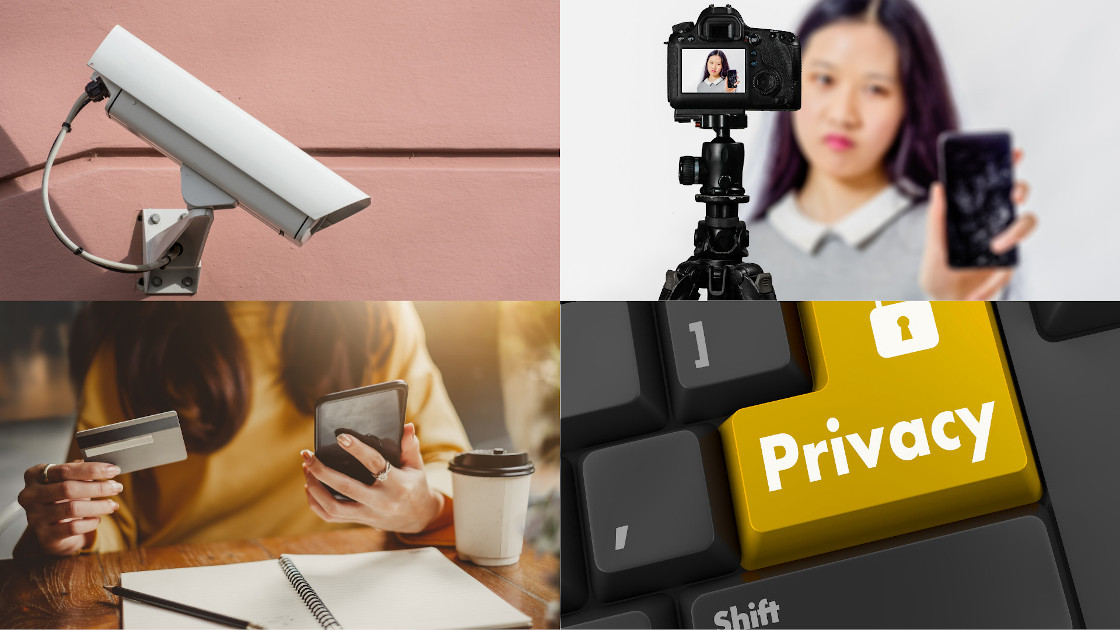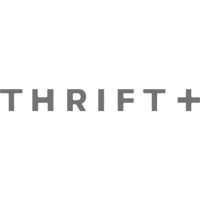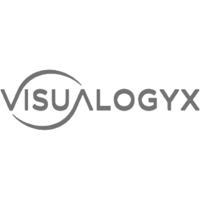Is privacy a major driving factor behind the popularity of redaction?
With the introduction of GDPR which protects the privacy of the customers and makes data exchange transparent, redaction has become very relevant.
Gayathri Venkataraman

I came, I saw, I conquered and I redacted ??? You may be wondering what am I doing by adding to an already well-known quote “Veni Vidi Vici”. Well, that's the order of the day, while we have many computer vision algorithms to detect, track and recognize, we are also having to move towards redacting all that efficiently as well. While there are many applications for facial recognition and detection such as in law enforcement, finding missing people, tracking people at events etc, privacy and protection become the major undercurrent behind redaction. With the introduction of GDPR which protects the privacy of the customers and makes data exchange transparent, redaction has become very relevant. For most businesses, its significance has already been recognized even before its popularity.

Redaction implies obscuring or removing something, in this case, an object, face, audio or even frames of video. Redaction involves detecting, tracking and blurring any face or object in any video, it sometimes also redacts audio or small clips of video frames from any long video. The first step to redaction is detection, as the object or face to be redacted needs to be detected first. We employ algorithms and models to detect faces and objects and place bounding boxes on the same after detection. These bounding boxes are then blurred or pixelated depending on the rule in redaction. In a video, to continuously redact the object or faces, they also need to be tracked in every frame. Face detection and tracking become an integral part of the redaction, however, in some cases facial recognition also becomes essential. There are some situations in which we need to redact a particular person, child or object from the videos. Recognition comes very handy in such cases. The steps proceed as face detection, face recognition and then face redaction.

As mentioned before, privacy is the major driving factor due to which redaction was born. Image and video capture through smartphones, body cameras, video cameras and surveillance cameras has become popular. The advancement of technology where these can be shared throughout the world has actually increased the concern for the protection and privacy. Also, the request for such videos as evidence or surveillance for proving criminal activities has also put people or objects not involved in a particular criminal event at risk. Videos capture both the perpetrators and also innocent bystanders. These are then put at risk as we expose their identities through videos. In some cases, non-involved license plates or sometimes even small children are there in the video who are irrelevant . Another instance would be video monitored retail shops where customers pay with their cards and their numbers are exposed or if the person is shoplifting and only that person should be highlighted. In these cases, in order to protect those who are not involved, redaction comes in handy.
Redaction workflow typically has detection, tracking and redacting and if it is a particular person or object, then recognition also comes into play. This can be done manually or automated. Automatic redaction relies on accurate detection mechanisms being paired with robust tracking methods across the video sequence to ensure the redaction of all sensitive information. So, the next time we are under the “scanner“, remember our information is secure, intact and will be protected by redaction and protection laws
Trusted Worldwide By Innovation Driven Companies







